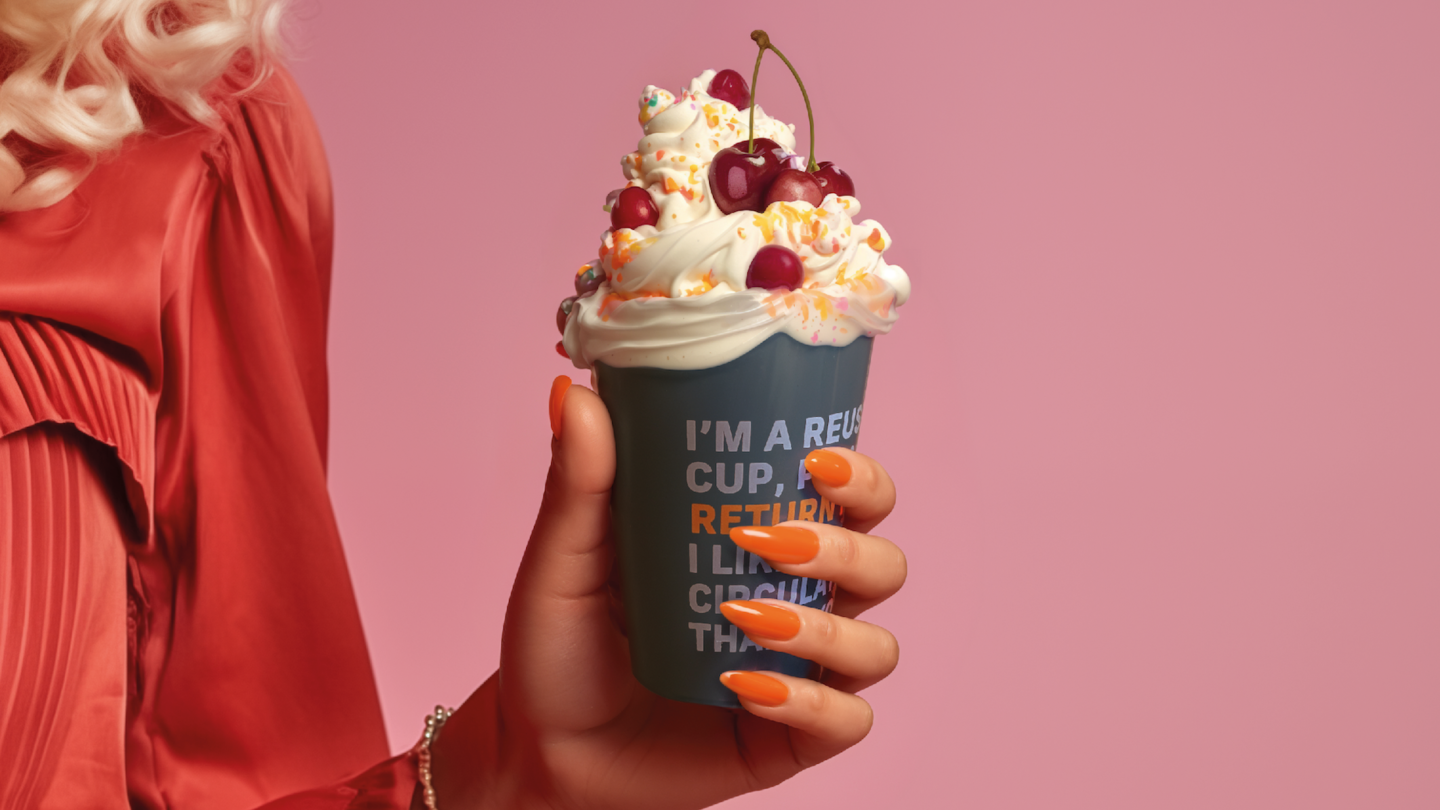“One of the most well-thought-out and successful systems for reusable packaging on the market, it has great potential to spread even more widely, and thus to reduce our climate footprint and litter problem.” The jury’s reasoning.
The packaging is round and looks just like regular disposable takeaway boxes. The difference is that it can be used up to 500 times. As of January 1, 2024, single-use plastic materials for takeaway food began to be phased out in Sweden. At that time, a new law came into force stating that all major restaurants and cafes – establishments that sell at least 150 disposable packages of food or coffee – must be able to offer customers reusable packaging.
Clara Lidberg has thought for a long time about all the rubbish caused by takeaway food. She has a background as an environmental lawyer and has previously worked at the Ministry of the Environment. A decade ago, she was going around the lunch places near her former workplace and trying to get them to invest in packaging that could be used multiple times.
– Then, I was considered a bit like a UFO, she says.
But time has caught up with her. In 2019, the EU decided on its plastics directive, which aims to reduce the use of plastics and thus also the negative impact on the environment. Two years later, the Swedish government introduced the directive and also made some of its own additions. Also in 2021, Lidberg started her company Panter, which today has seven employees and whose idea is to provide lunch boxes and mugs that can be used again and again.
– You shouldn’t sit and think for too long because then nothing will happen. It is easy to overthink. We have dared to put our idea to the test.
Lidberg says that during the running competition Göteborgsvarvet, Panter supplied a hydration station with reusable cups – and thus saved on 12,000 of the approximately 1 million disposable cups that are normally used during the race. One of the organizers told Lidberg that this was something they had been thinking about for 20 years, without having brought it to fruition.
Panter has started a collaboration with the company Tingstad, which manufactures food packaging and mugs in completely recyclable polypropylene. Also, a digital tool has been created allowing consumers to see which takeaway outlets are connected to Panter and where they can also register their packaging loans and returns.
– The key to success is to achieve volume. All coffee places in a city should be included so that it’s easy to hand in your mug when you’ve drunk your coffee.
The market is large, according to Keep Sweden Clean: around 2 billion takeaway boxes and around 1 billion mugs are used per year. Panter has already brought several large companies on board, such as Pressbyrån, 7-Eleven, Espresso House, Ica, Hemköp, Coop, Preem and Circle K.
The idea is simple. When you buy your lunch item or coffee to take away, you must return the packaging within one week to one of the places included in the return system – it doesn’t have to be the same cafe or restaurant where you made the purchase. If you forget to return the packaging on time, there will be an overdue fee – just like at the library.
The restaurants, grocery stores, café and kiosk owners who join Panter pay a monthly fee that starts at SEK 380 and includes packaging and software.
– In general, the cost drops the more the system is used, and the customers who switch completely to reusable packaging can reduce the cost by up to 50 percent, compared to single-use packaging.
Lidberg says that she has so far seen nothing to indicate that the cost for consumers is increasing. However, she has noticed that some of the affiliated companies discount the price of, say, coffee if consumers choose Panter.
What do you see as the biggest obstacle to getting the business going?
– The habit. We are so used to buying coffee in disposable cups that can be thrown away anywhere. The behavior change is the hardest part.
What do you want to use your prize for?
– Maybe it will be precisely to work with behavioral change. I can also imagine that we’d need to get help in showing that it is a premium package by making attractive arrangements of food. We only work with round packaging. Take sushi for example, which is always presented in rectangular boxes – how do we make such a presentation look good in round boxes?
Ann-Helen Meyer von Bremen
